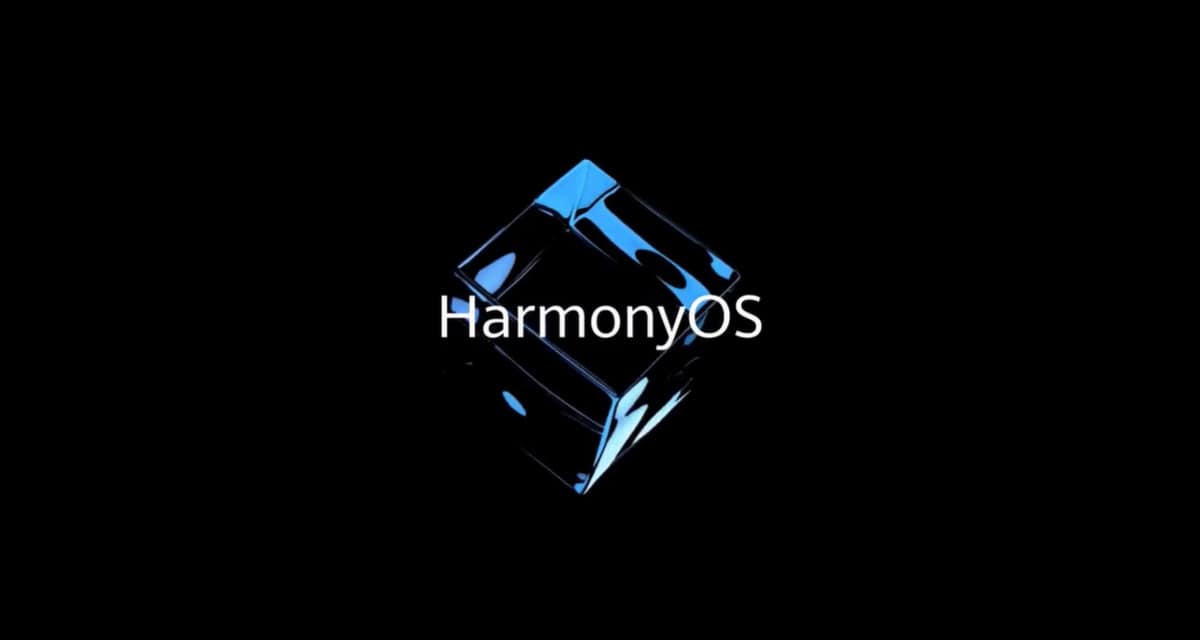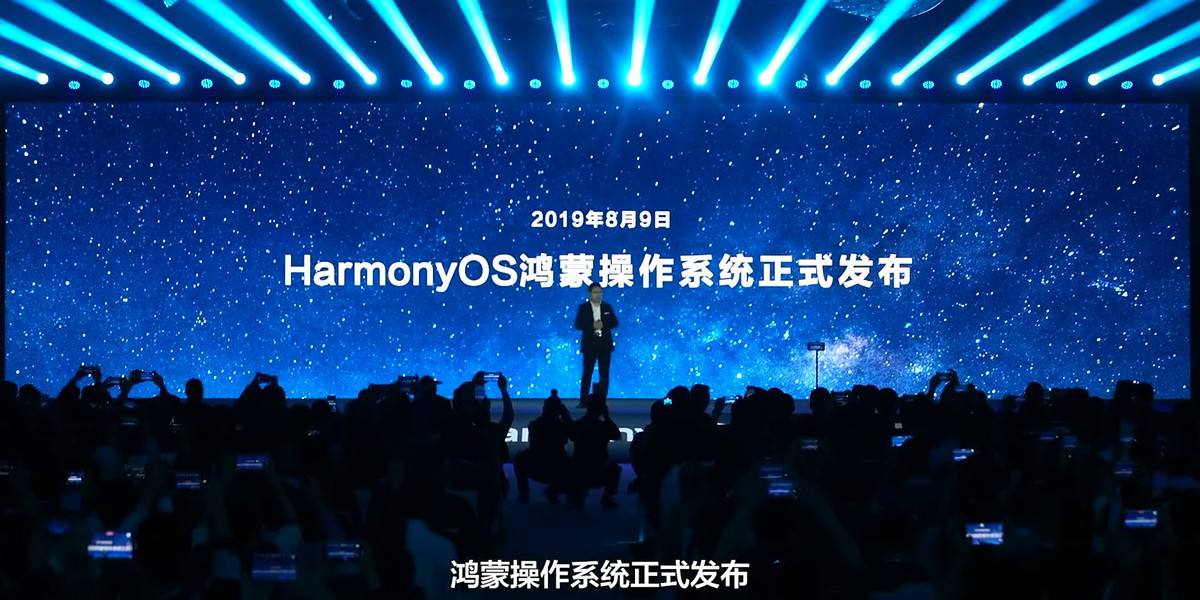Huawei wants to do what Microsoft couldn't: challenge iOS and Android with HarmonyOS
3 min. read
Published on
Read our disclosure page to find out how can you help MSPoweruser sustain the editorial team Read more
Key notes
- Huawei plans to globally expand HarmonyOS, its own phone platform launched in 2019 after US sanctions restricted access to Google’s Android.
- To compete with iOS and Android, Huawei aims to build a strong app ecosystem for HarmonyOS by porting popular apps and encouraging developer adoption.

Huawei is planning to expand its HarmonyOS worldwide. HarmonyOS is Huawei’s own phone platform, which was released in 2019 after US sanctions blocked Huawei from having further access to Google’s Android software. Coincidently, it was the same year Microsoft stopped their Windows phone.
Huawei has set its sights on international expansion and intends to spend 2024 building up the native HarmonyOS app ecosystem, including bringing the most popular smartphone apps to its platform.

The company is working on porting apps to HarmonyOS and encouraging other app developers to code for the platform. According to Huawei, more than 4,000 of those apps are already being transferred, and the company is “communicating with developers” on the 1,000 or so apps that remain.
Huawei’s rotating chairman, Eric Xu, said
In the China market, Huawei smartphone users spend 99 percent of their time on about 5,000 apps. So we decided to spend 2024 porting these apps over to HarmonyOS first in our drive to truly unify the OS and the app ecosystem. We are also encouraging other apps to be ported over to HarmonyOS.
According to Counterpoint Research, HarmonyOS has seen high growth thanks to the introduction of 5G smartphones powered by it, such as the Mate 60 Pro. The platform had 4 percent of the global market share in the fourth quarter of 2023 and exceeded 16 percent of the market share in China. Counterpoint said this is the third largest mobile operating system by handset sales, behind Android and iOS.
But what’s the story about Windows phones? In 2010, Microsoft entered the smartphone market with Windows Phone. The platform offered a unique user interface, but it faced challenges from the outset.
Android and iOS, launched earlier, had already secured a significant market share and had a robust app ecosystem. This established app base discouraged developers from creating apps for Windows Phone, creating a disadvantage for the platform.
Another hurdle was Microsoft’s licensing model. Unlike the free and open-source nature of Android, Microsoft charged phone manufacturers a fee to use Windows Phone. This barrier limited the platform’s adoption by some manufacturers.
Development of the platform officially ceased in 2019. Microsoft’s attempt to enter the smartphone market is a case study of the difficulties of competing in an established market with strong incumbents.
Whether there will be much of a market for HarmonyOS devices outside of China is open to debate. However, Huawei is determined to make HarmonyOS a success and is investing heavily in the platform.
More here.








User forum
0 messages